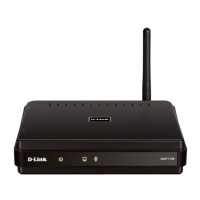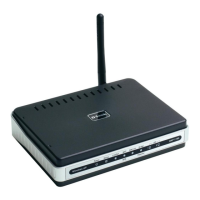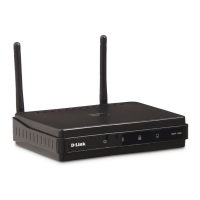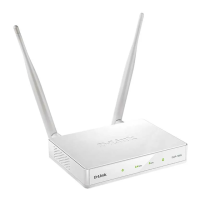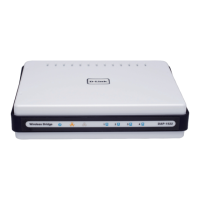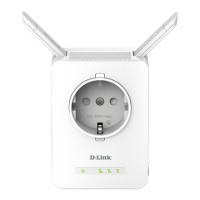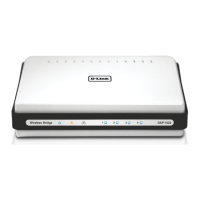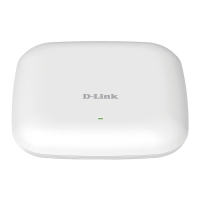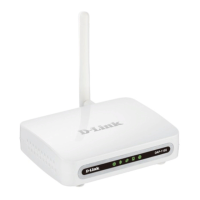
Do you have a question about the D-Link DAP-1155 and is the answer not in the manual?
| Frequency band | 2.4 GHz |
|---|---|
| Networking standards | IEEE 802.11b, IEEE 802.11g, IEEE 802.11n, IEEE 802.3, IEEE 802.3u |
| Receiver sensitivity | IEEE 802.11b:\\r -90 DBm 1 Mbit/s\\r -88 DBm 2 Mbit/s\\r -87 DBm 5.5 Mbit/s\\r -83 DBm 11 Mbit/s\\r \\r IEEE 802.11g:\\r -88 DBm 6 Mbit/s \\r -86 DBm 9 Mbit/s\\r -85 DBm 12 Mbit/s\\r -83 DBm 18 Mbit/s\\r -79 DBm 24 Mbit/s\\r -77 DBm 36 Mbit/s\\r -72 DBm 48 Mbit/s\\r -71 DBm 54 Mbit/s |
| Ethernet LAN data rates | 10, 100 Mbit/s |
| Maximum data transfer rate | 150 Mbit/s |
| Data transfer rate | 0.1 Gbit/s |
| Networking features | Fast Ethernet |
| Wireless technology | 802.11 b/g/n |
| Transmit power range | 13 - -90 dBmW |
| Supported data transfer rates | 15, 30, 45, 60, 90, 120, 135, 150 Mbit/s |
| Antennas quantity | 1 |
| Internal | No |
| Certification | FCC, CE, IC, C-Tick, IPv6, WMM, Wi-Fi |
| LED indicators | Power, WLAN |
| Ethernet LAN (RJ-45) ports | 2 |
| Security algorithms | 128-bit WEP, 64-bit WEP, WPA, WPA2, WPS, WPS-PBC, WPS-PIN |
| Cables included | LAN (RJ-45) |
| Minimum system requirements | Internet Explorer 7 Firefox 3.0 |
| Compatible operating systems | Windows 7 |
| Weight | 78.6 g |
|---|---|
| Dimensions (WxDxH) | 81.8 x 102 x 26.5 mm |
Details the manual's purpose and intended users for the DAP-1155.
Explains formatting, symbols, and notes used throughout the manual.
Outlines the organization and content of each chapter in the manual.
Provides a general description of the DAP-1155 device and its capabilities.
Lists the hardware and software specifications of the DAP-1155 access point.
Details wireless connection features and firewall security capabilities.
Describes device configuration, management, indicators, and power details.
Specifies the operating and storage temperature and humidity ranges.
Lists prerequisites and initial considerations before installing the device.
Covers connecting via Ethernet/Wi-Fi and configuring IP addresses.
Instructions on accessing the device's web-based configuration interface.
Procedures for saving, backing up, and restoring device configurations.
Describes the device's functionality in Access Point and Router modes.
Guides through configuring wireless network parameters step-by-step.
Covers common, basic, security, MAC filter, station list, WPS, WDS, and client modes.
Details firewall configuration, including MAC filtering.
Manages administrator password, configuration, logs, firmware, and utilities.
Guides through setting up internet connectivity via various WAN types.
Covers common, basic, security, MAC filter, station list, WPS, WDS, and client modes.
Configures UPnP, DDNS, DNS, Routing, Remote Access, and IGMP.
Manages IP filters, virtual servers, DMZ, and firewall MAC filtering.
Manages administrator password, configuration, logs, firmware, and utilities.
Important safety precautions for device placement, operation, and handling.
Guidelines to maximize wireless network range and performance.
